Bernard Frischer


Bernard Frischer is the founder/Director Emeritus of the Virtual World Heritage Lab (VWHL) and Professor Emeritus of Informatics at Indiana University. He is a digital archaeologist who writes about virtual heritage, Classics, and the survival of the Classical world. He received his B.A. in Classics from Wesleyan University (CT) in 1971 and his Ph.D. in Classics from the University of Heidelberg in 1975. From 1974 to 1976, he had a two-year Prix de Rome fellowship at the American Academy in Rome, where he studied Roman topography and archaeology, worked in the Fototeca Unione as a photographer and topographer and served two summers as assistant professor in the Academy's summer program on Roman topography. He taught Classics at UCLA from 1976 until 2004. He served as director of Humanities Computing at UCLA from 1987-88 and founded the Cultural Virtual Reality Laboratory in 1996. In the fall of 2004, he moved to the University of Virginia, where he continued the work of his old UCLA lab under the new name of "Virtual World Heritage Laboratory" and was also Professor of Art History and Classics. In 2013, he joined the School of Informatics and Computing at Indiana University (what would become the Luddy School of Informatics, Computing, and Engineering), bringing the VWHL with him. At Indiana, he also founded the Virtual Heritage Informatics doctoral program—a track of the Ph.D. in Informatics at IU-Bloomington. Virtual Heritage is a developing field studying ways of applying the new 3D technologies to research and instruction in fields such as anthropology, art and architectural history, and conservation science; this doctoral program is a unique example in North America.
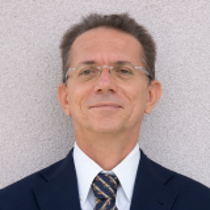
Gabriele Guidi is the current director of the Virtual World Heritage Lab. He is also a Professor of Informatics at Indiana University–Bloomington, where he directs the Virtual Heritage Informatics Ph.D. program and is editor-in-chief of Studies in Digital Heritage, a joint publication of the VWHL and the Indiana University Library. He received his M.S. degree in Electronic Engineering in 1988 and a Ph.D. in 1992 from the University of Florence and the University of Bologna, respectively. From 1999 he began to do research on 3D imaging technologies applied to cultural heritage, leading to some of the first digitization efforts of important artworks from Donatello and Leonardo da Vinci. He developed methods for integrating active and passive 3D devices, for 3D equipment characterization, and for large-scale 3D digitization in museums. As director of the VWHL his research interests involve the application of 3D digitization techniques to cultural heritage, art, museology, industrial design, and mechanical engineering.

Dr. Mary Jean Amon is an Assistant Professor in Indiana University Bloomington's Department of Informatics. Before joining UCF, she was a Postdoctoral Researcher in the Department of Psychological and Brain Sciences at Indiana University Bloomington, a Research Associate in the Institute of Cognitive Science at the University of Colorado Boulder, and then an Assistant Professor in the School of Modeling, Simulation, and Training at the University of Central Florida. Her interdisciplinary research is informed by topics in cognitive science, computer science, and data science and centers on user-oriented research aimed toward optimizing decision-making and performance in the context of complex socio-technological systems. This includes augmenting our understanding of teamwork by identifying coordinative patterns and features of socio-technical tasks that enhance performance, as well as how the dynamics of human-computer interaction inform issues associated with online privacy.

Colin M. Gray is an Associate Professor in the Luddy School of Informatics, Computing, and Engineering at Indiana University Bloomington, where they direct the Human-Computer Interaction Design (HCI/d) program. With a PhD in Instructional Systems Technology from Indiana University, a MEd in Educational Technology from the University of South Carolina, and a MA in Graphic Design from SCAD, Colin brings a multidisciplinary lens to their research and teaching. Their work explores how design pedagogy and practice shape the development of design ability, focusing on ethics, design knowledge, and learning experiences. A former art director and designer, Colin applies their expertise to research on deceptive design practices, consulting with legal and regulatory bodies to combat dark patterns. They also hold academic appointments at Beijing Normal University and Newcastle University, contributing to cross-disciplinary insights in HCI, design education, policy, and technology.

Christena Nippert-Eng is a sociologist and Professor of Informatics at Indiana University Bloomington, with research interests spanning cognition, culture, gender, privacy, time, space, everyday life, ethnography, user-centered design, and the social behavior of nonhuman animals, particularly great apes. Her work has garnered extensive media attention, including features on NPR, PBS, MSNBC, The New York Times, The Wall Street Journal, and Fast Company. Dr. Nippert-Eng has consulted for leading companies such as HP, Motorola, and Hilton Hotels. She is the author of Home and Work: Negotiating Boundaries Through Everyday Life and Islands of Privacy, both published by the University of Chicago Press. Her latest book, Watching Closely: A Guide to Ethnographic Observation (Oxford University Press), offers an exercise-based approach to mastering direct observation, showcasing contributions from students in design, architecture, and the social sciences.

Justin Wood's research investigates one of science's greatest mysteries: the origins of intelligence. How do newborn brains learn, and what role does experience play in developing knowledge? To address these questions, he employs a dual approach in his lab. He conducts controlled-rearing experiments with newborn chicks, raising them in virtual environments and analyzing their behavior 24/7 to uncover how foundational cognitive abilities emerge. In parallel, he studies autonomous artificial agents in virtual controlled-rearing chambers, comparing their development to that of animals to identify essential learning mechanisms. By integrating psychology and artificial intelligence, his work aims to reverse engineer intelligence, creating artificial agents that learn and develop like newborn animals. Beyond this work, he investigates cognitive development across species and stages of life, including human infants, toddlers, adults, chimpanzees, and wild monkeys. His research is supported by grants from the National Science Foundation and the James McDonnell Foundation.

Samantha Wood's research explores how we learn to make sense of the world. At birth, brains face a complex computational challenge: without prior experience or instruction, they must transform streams of high-dimensional sensory input into knowledge and adaptive action. She is fascinated by the algorithmic principles underlying this process and investigates the learning mechanisms that drive the development of perception and cognition, the role of experience in acquiring knowledge, and how intrinsic curiosity scaffolds learning. Working at the intersection of cognitive science and artificial intelligence (AI), she formalizes psychological theories as agent-based models using deep neural networks to replicate tasks performed by humans and animals. By embedding computational neuroscience models in virtual animal bodies, she examines how various components of embodied systems shape an organism's behavior. Through these simulations, her goal is to create predictive, integrative, and embodied models that advance psychology and neuroscience.

A faculty member in Art History, Julie Van Voorhis has research interests which include Ancient Greek and Roman marble sculpture with an emphasis on the Hellenistic period, Roman Republic and Roman Empire (including the Late Empire). Additionally, she has interest in the history of collecting antiquities from the Roman Republican period to the present day. Current projects include a co-authored publication with Mark Abbe of the imperial portrait busts of Septimius Severus and Julia Domna in the Eskenazi Museum of Art.
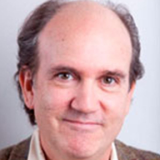
A faculty member of the department of Middle Eastern Languages and Cultures, Steve Vinson examines ancient Egyptian language and literature as well as the history of Graeco-Roman and ancient Egyptian transportation and trade, particularly involving boats and ships.

Umair Malik is an interdisciplinary researcher experienced in blending tools, methodologies, and theories from different disciplines. He has successfully conducted human-centered research in the past and has a strong background in 3D digitization techniques and their applications in design, mechanical engineering, architecture, museums, and archeology. He received his M.S. degree in Design and Engineering in 2016 and an interdepartmental Ph.D. in Design for Cultural Heritage in 2022 from Politecnico di Milano, Italy. In his Ph.D. dissertation, he analyzed the theoretical implications of using 3D technologies in the field of cultural heritage. The result of this research was a framework of guidelines for verifying the effectiveness of 3D applications with virtual models in museum exhibitions and research. During and after his Ph.D., he participated in several digital heritage research projects at the Italian, European, and International levels. He is also trained in the ethics of developing, designing, managing, and controlling digital technologies for museums and cultural heritage institutions.

Kacie Alaga is a Ph.D. student in Virtual Heritage Informatics. Her background is in architectural history and Mediterranean archaeology, with a focus on cross-cultural exchange in imperial Roman architecture of North Africa and the Levant. Her research interests lie in the application of digital technologies to the documentation and preservation of cultural heritage sites and monuments.
Daoxin is a Ph.D. student in the Informatics program, Virtual Heritage track. She has academic backgrounds in English Literature, Education, and Historic Preservation. Her earlier work focused on XR experience design for architectural heritage. Building on that foundation, her current research centers on interactive experience design for intangible cultural heritage, particularly performance-arts heritage such as traditional dance and theater, at the intersection of embodied interaction, digital storytelling, and cultural preservation. Outside of research, she enjoys traveling, dancing, and cooking.
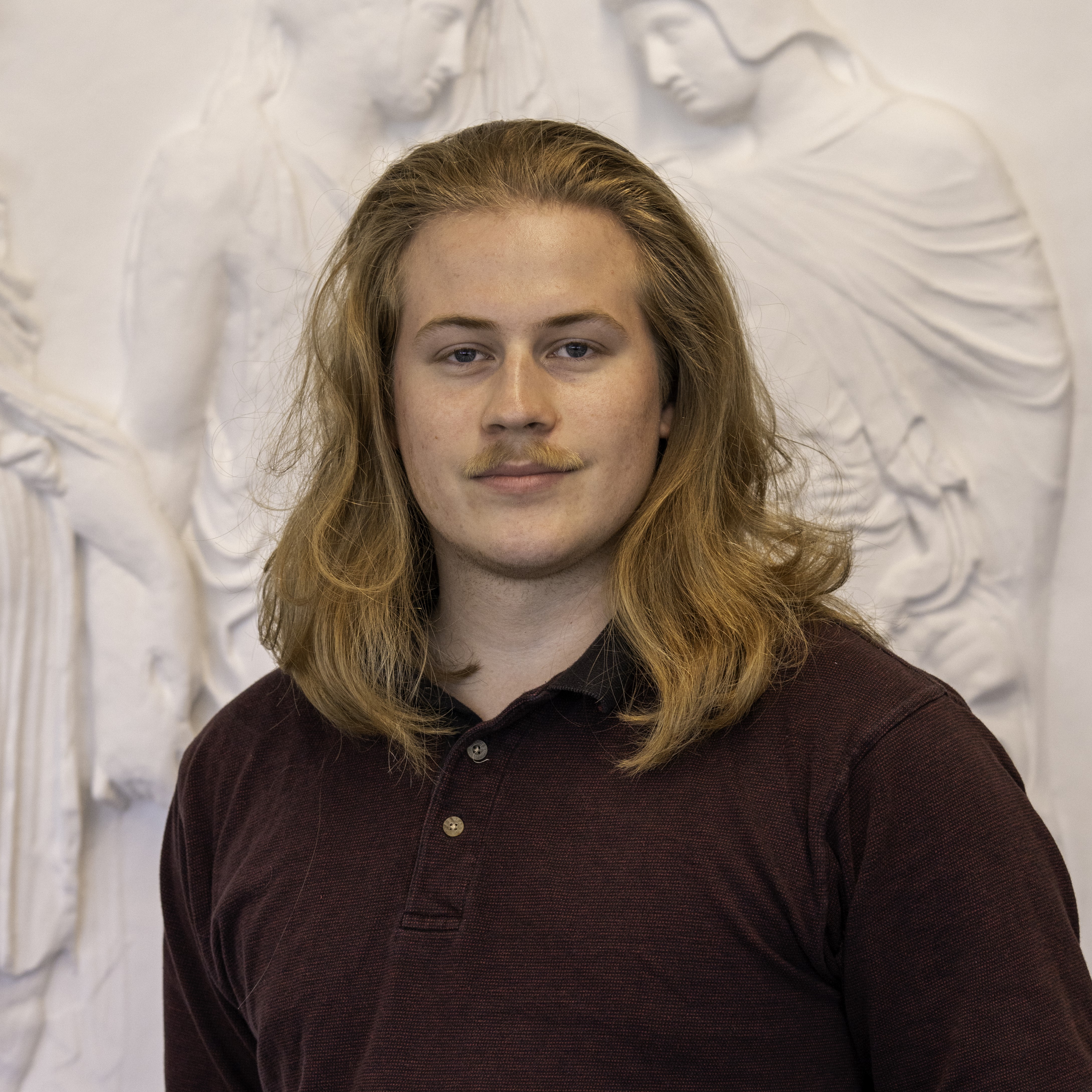
Quinn Comprosky is a doctoral student in Virtual Heritage Informatics at Indiana University Bloomington. He received an undergraduate degree in Geographic Information Systems and Archaeology at DePaul University in 2022. He has participated in archaeological fieldwork in both the Pullman neighborhood in Chicago and the Eastern Black Desert of Jordan. His research interests include Landscape Archaeology, Archaeogaming, the Accessibility of museums, and how individuals navigate museum-like spaces.
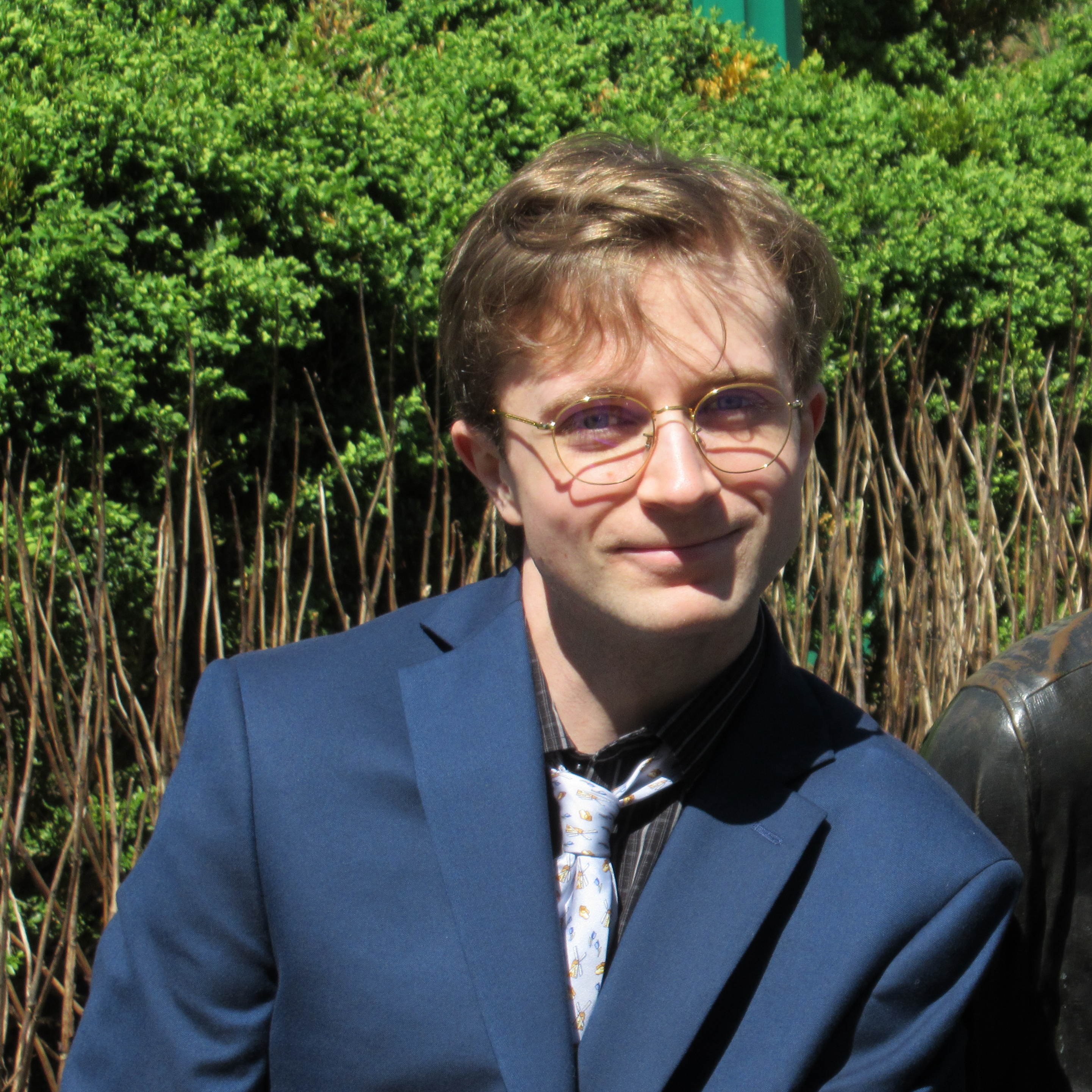
Fairman Risch is a Ph.D. student in Virtual Heritage Informatics at Indiana University, Bloomington. He received an undergraduate degree in Computer Science with a specialization in Systems from Indiana University in 2024. Fairman began working with the lab on the Metamuseum project over the Summer in 2024. His research interests lie at the intersection of computer science and virtual heritage, focusing on creating intuitive and powerful tools for analyzing virtual heritage objects.
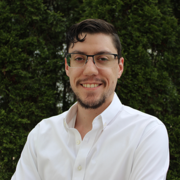
Zack Hegarty is a Ph.D. candidate in Virtual Heritage Informatics at Indiana University, Bloomington. He received undergraduate degrees in Classics & Ancient Mediterranean Studies and Italian Language & Literature from the Pennsylvania State University in 2016 and an M.A. in Classical Studies from Villanova University in 2018. His research interests concern creating digital models of ancient sculpture as a means of studying the long lives of these valuable pieces of cultural heritage and also using virtual agents to understand ancient spaces so as to better understand their habitation and operation.

Michael Camilo Saari is a Ph.D. student in Virtual Heritage Informatics at Indiana University. He holds a B.F.A. and a B.A. in Art & Technology and Arts Management from The Ohio State University (2019) and recently completed his M.F.A. in Digital Art at Indiana University (2023). With a foundation in new media art and emerging technologies, Saari's research is centered around a profound interest in enhancing the accessibility of extended reality experiences, such as virtual and augmented reality, within the realms of galleries and museums. His interests also encompass diverse areas like robotics, wearable technology, and physical/digital interaction design. He is also working at the UITS-RTV Advanced Visualization Lab at Indiana University which assists researchers, faculty, and students in 3D digitization, advanced visualization & displays, and virtual & augmented reality experience. His research aims to create more inclusive and engaging technological interactions that bridge the gap between culture and accessibility.
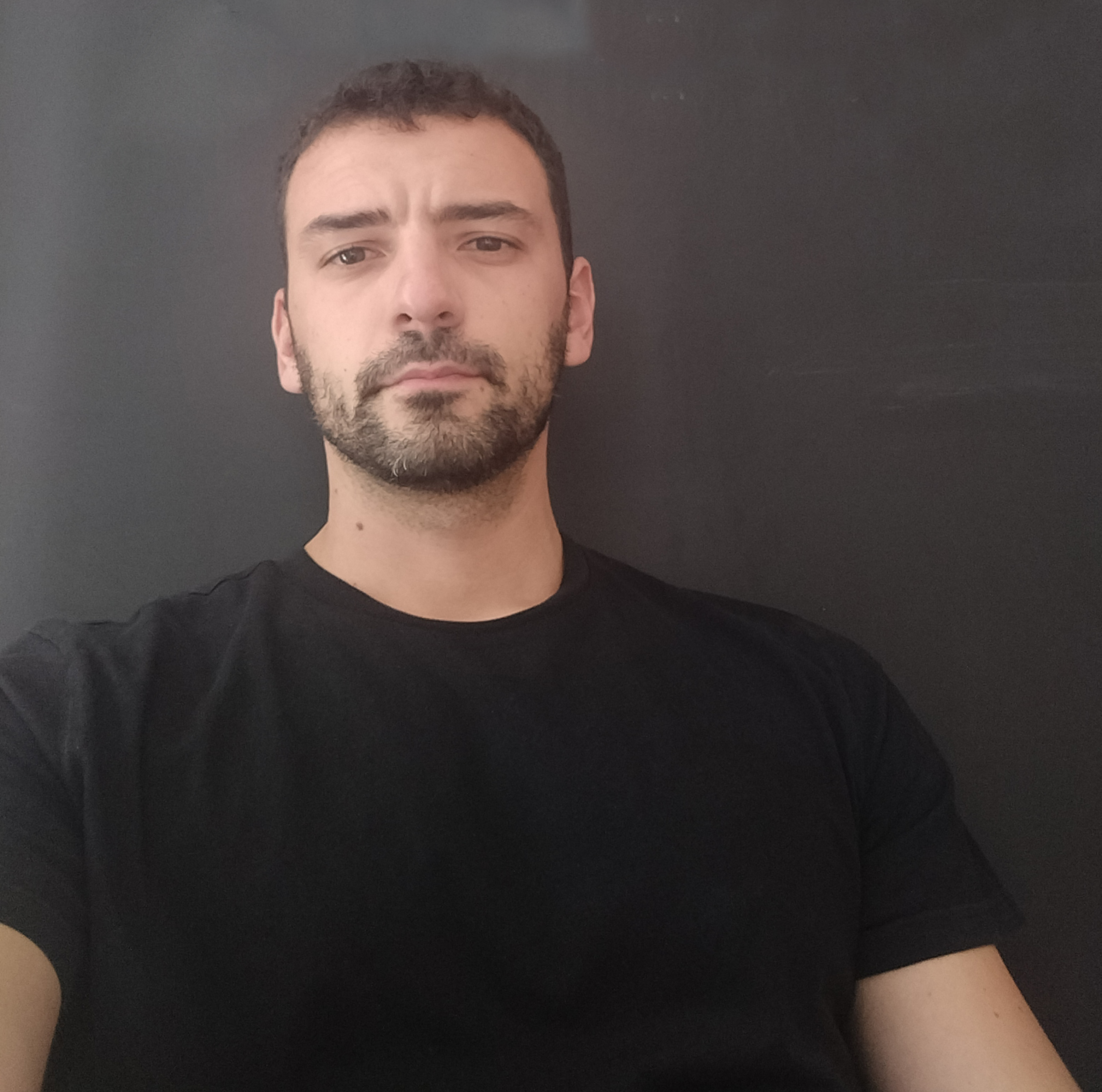
Matteo is a digital archaeologist who earned his Masters with honors in Archaeology at the Sapienza Università di Roma. He was singled out as one of the best graduate students in the 2018/2019 academic year. During his studies, alongside fieldwork and archaeological research, he has been developing IT skills in 3D modeling, digital visualizations, and 3D printing. He believes that these technologies will play a fundamental role in reconceptualizing the impact of Cultural Heritage on modern society. A recurrent theme in his work during the past five years has been the advancement and enhanced dissemination of archaeological research through the use of cutting-edge information and communication technologies. He is currently a third-year year doctoral candidate in Environmental Sustainability and Well-being at Università degli Studi di Ferrara, where his research project focuses on the role of 3D datasets and visualizations to sustainably connect scientific research, urban planning, and community initiatives.
Federico Gangi is a Ph.D. student at the Faculty of Mechanical Engineering at Politecnico di Milano, Italy. He is an architect and holds a Master's degree in Architecture - Built Environment - Interiors from Politecnico di Milano. His research focuses on the development of a framework to make condition reports of Cultural Heritage more objective, reliable and repeatable by combining multispectral photogrammetry and blockchain-based certification. During his stay at Indiana University, he participated in research activities aimed at assessing the metric reliability of photogrammetric reconstructions under challenging lighting conditions and validating multispectral imaging techniques used in the digitization of cultural heritage objects. His work supported experimental campaigns and helped to validate the robustness of existing acquisition and processing methods for cultural heritage documentation with delieverables including participation with lab members at Digital Heritage 2025 Congress and Expo.
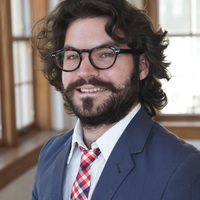
Matt Brennan is an archaeologist, art historian, and designer with a B.S. from the University of Virginia in Architectural Design and Architectural History. He has conducted archaeological fieldwork at Cosa and Pompeii. He has also created interactive educational Virtual Reality applications. The winner of the American Academy's Booth Family Rome Prize in Conservation in 2019, his dissertation focused on the 3D digitization of the South Theater at Hadrian’s Villa and its digital preservation. He successfully defended his dissertation in 2025.

Nick Plank's research focuses on the history and epistemology of digital 3D models in cultural heritage fields, with particular emphasis on classical archaeology, art history, and museum studies. Recent research includes studies on the applications of digital 3D modeling in archaeological excavations, 3D data curation, incorporating XRF and other sensor data into 3D models, extended experientiality in museum spaces through virtual reality, and photogrammetric landscape analyses. His dissertation addresses the evolution of collecting and three-dimensional presentation in the Uffizi collections, focusing on the Tribuna, and how emergent digital technologies can improve access to and understanding of relevant cultural heritage objects through the use of virtual tools and spaces. Previously, he studied classical archaeology at the University of Virginia before receiving an MS in Informatics from Indiana University Bloomington. He successfully defended his dissertation in 2025.

Kelly McClinton's research engages material and textual evidence to reconstruct identity expressions within the ancient Roman house. To explore the role of perception in domestic space, she employs digital humanities methodologies such as 3D reconstruction. Her work seeks to comprehensively engage the visual record of the Roman empire, from architecture to wall painting, and from sculpture to pottery. She earned her Ph.D. in Informatics, Virtual Heritage track in 2021.
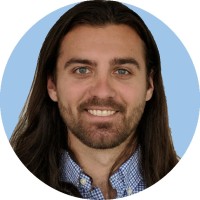
Leif is now a software engineer at Google and based in Indiana. His work focuses on making ads in YouTube more effective and engaging, with a focus on app advertisements and mobile clients (both Android and iOS). He received his Informatics PhD in the Virtual Heritage track at Indiana University Bloomington where he worked as part of the Virtual World Heritage Lab. During his schooling he was able to pursue his joint interests of computer science and art history. He earned his Ph.D. in Informatics, Virtual Heritage track in 2019.